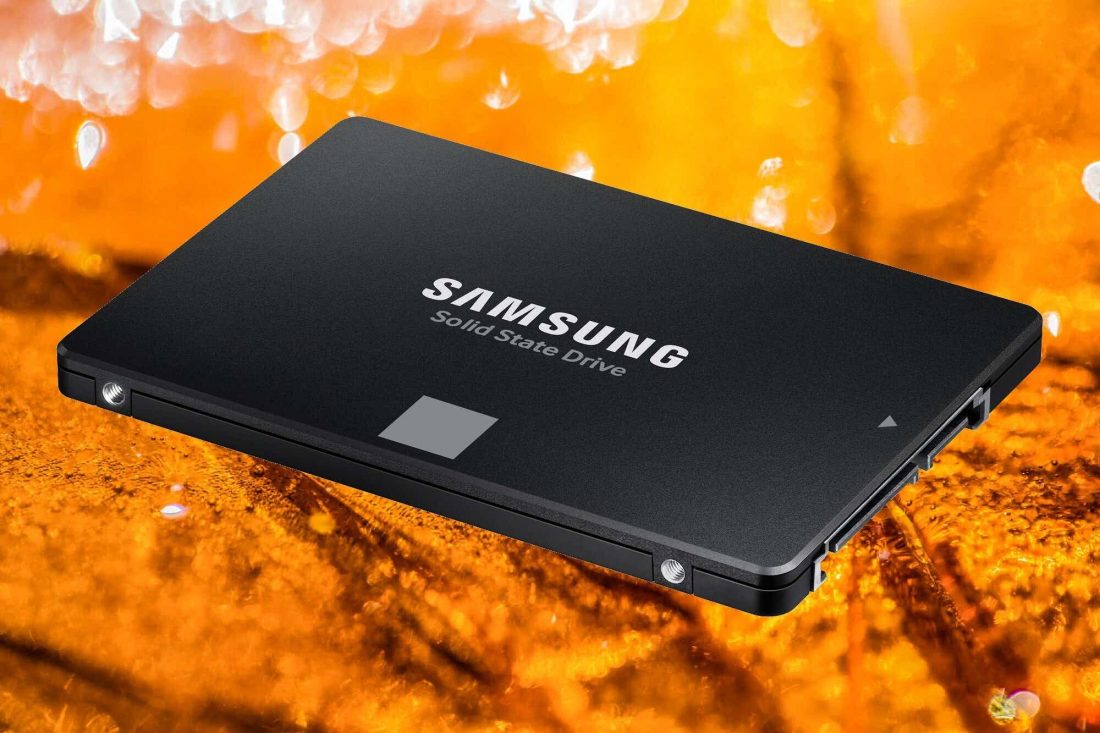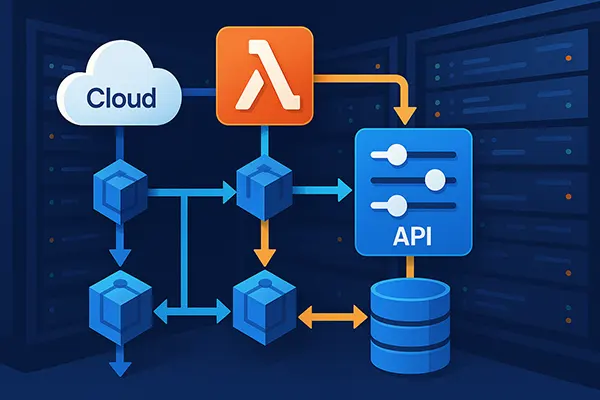SSDs last longer than HDDs

The popularity and sales of HDDs have plummeted. This is because SSDs are becoming more reliable, hold more data and are fast. And the cost differential is narrowing. HDDs have a shorter lifespan than SSDs and do not hold a lot of storage space.
SSD lifespan
The lifespan of storage media is not infinite and depends on the amount of video storage it can handle. Load rating is paramount, as are performance, capacity and cost per GB.
The drives specify the amount of recording they can handle over the warranty period (many manufacturers have a 5-year warranty). This is known as the TBW and Endurance rating.
Another endurance rating is the daily amount of data that can be written relative to the actual disk capacity. This indicates the number of possible rewrites per day that a drive may need to maintain its performance during the warranty period.

How can I avoid having to do the math every time?
Some manufacturers specify a drive specifying a Write Intensive, Endurance rating (systematic read) or Mixed Use. This is a simple way to identify a drive.
For write-intensive drives, the TBW and DWPD values are higher than for light-load drives. This corresponds to these characteristics:
- Write Intensity: DWPD > 10;
- Mixed Use: 1 < DWPD < 10;
- Read Intensity: DWPD =< 1.
The drive must be selected according to the load. If applications are focused on constant writes, Write Intensity is the best option. If they are using pre-recorded information, Read Intensive drives will work.
For the database, Read Intensive or Mixed Use drives would be suitable. But this is the right choice for a single server with only one task.
If there are 2-3 virtual devices running on a single machine, the picture changes dramatically. Each such server produces its own stream of access to the drive. The bottom line is that virtualization is unpredictable. Selecting a drive in this situation is not straightforward. You need to turn to a professional.
Bottom line
SSDs are characterized by their short lifespan. Manufacturers classify them into durability classes. For simplicity this is based on the amount of data (relative to the drive’s dimensions) that can be written every day throughout the warranty period. This parameter is called DWPD (Drive Writes Per Day).
The tasks can be either write or read. For this reason, it is essential to choose a server SSD with this in mind. This takes into account the load the drive will be able to handle. This is true for a dedicated server. In the case of multi-device virtual machines, the visualisation is unpredictable.
Write Intensive drives are a more expensive option. The cost difference can be up to several times as much, but buying cheap drives for significant workloads and storage is not worth it.
Popular topics
-
 High-Performance Networking...
High-Performance Networking...High-performance networking has become a core requirement for modern …
-
 Edge AI and TinyML: How Int...
Edge AI and TinyML: How Int...Edge-level artificial intelligence has become one of the most …
-
 How to Programmatically Bui...
How to Programmatically Bui...Creating a flexible and efficient microservices ecosystem in 2025 …
-
 The Role of Artificial Inte...
The Role of Artificial Inte...Artificial intelligence has become a practical component of gambling …
-
 Virtual and real hosting, w...
Virtual and real hosting, w...Today, many providers offer virtual servers where you can …
